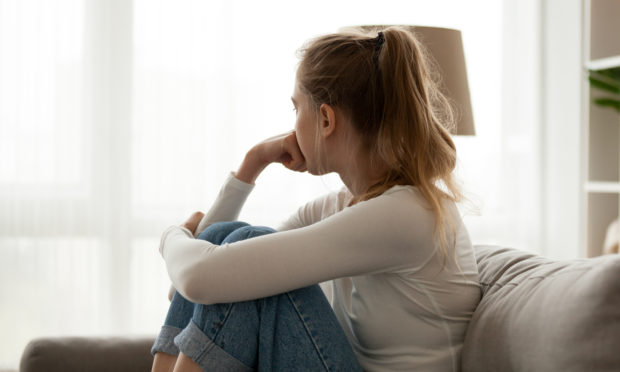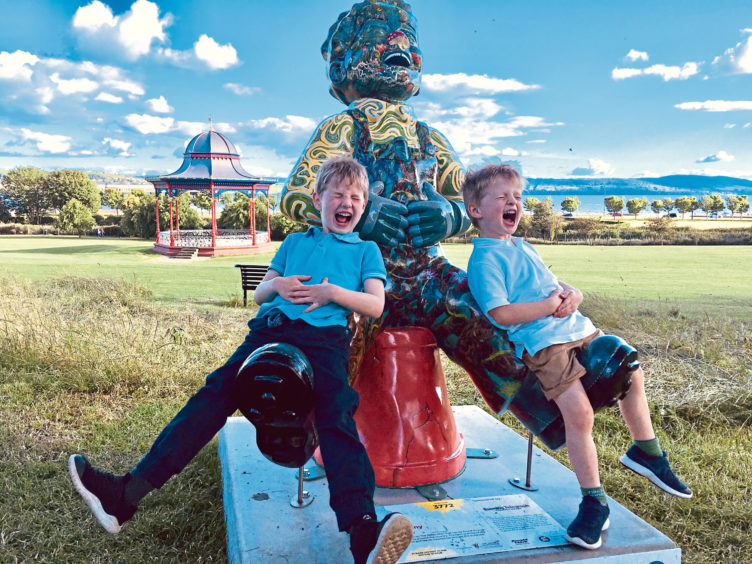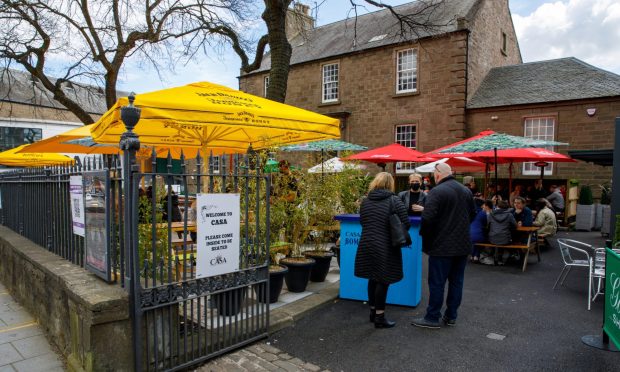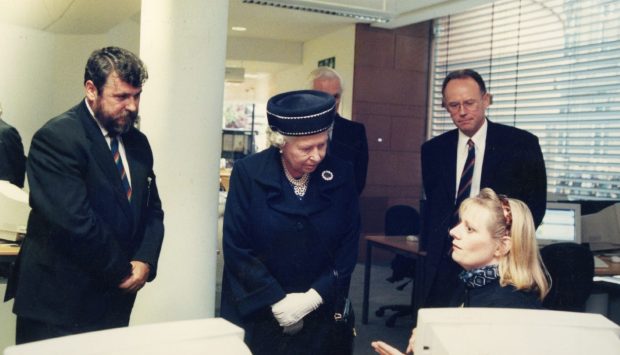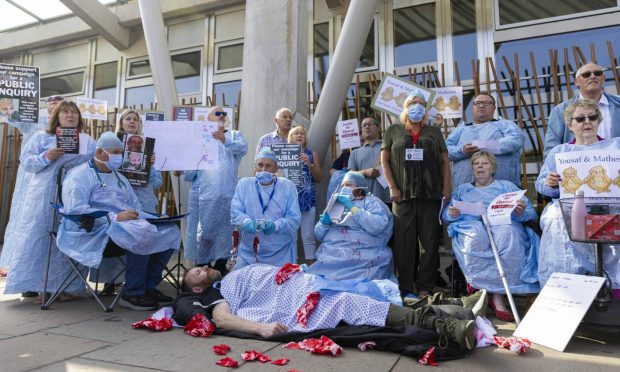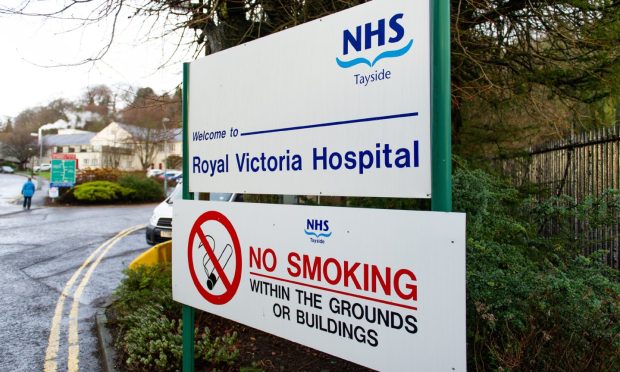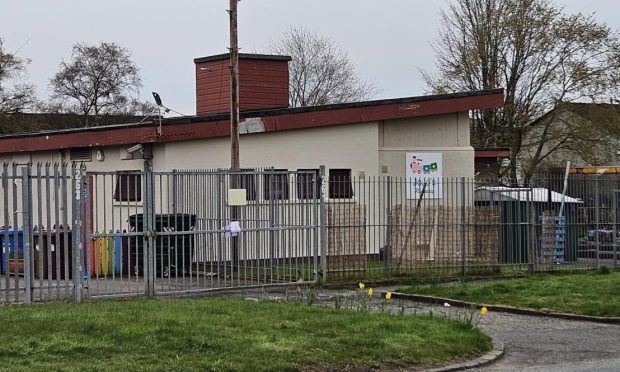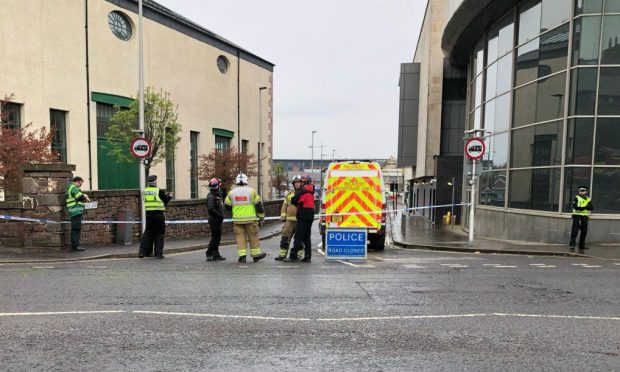Dundonians are the most anxious people in Scotland, despite becoming happier.
New research into personal wellbeing across the United Kingdom showed more people in the City of Discovery say they feel anxious than anywhere else north of the border, with the number of anxious people jumping 21.7% in the last eight year, according to the Office for National Statistics.
Despite this, the number of people in Dundee who say they are happy has increased by 1.4% since the 2011 survey.
In Angus, there has been a rise of people saying the feel anxious, up 15% since last year.
They have also seen the largest dip in happiness since last year, with 3.8% fewer people saying they feel happy.
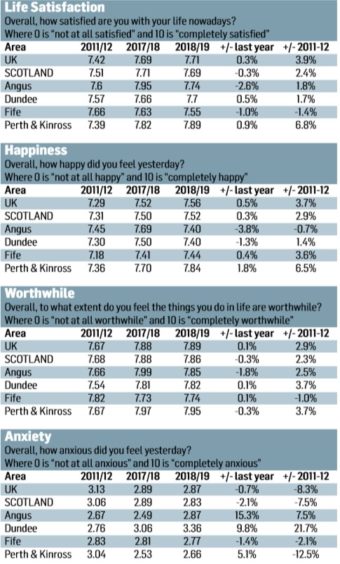
The outlook is more positive elsewhere in Tayside as residents of Perth and Kinross have seen the largest increase in happiness since the 2011/12 period.
Fewer people are also feeling anxious according to the research, with the number of people with anxiety dropping by 12.5%.
In Fife people are cheerier than they were in 2011, as the happiness level increased by 3.6% and anxiety numbers dropped by 2.1%.
Across the whole of Scotland, happiness levels rose by 2.9% and the number of people feeling anxious dropped by 7.5%
In the questionnaire, taken as part of the Annual Population Survey, participants were also asked who satisfied they are with their current lives and to what extent they feel the things they do are worthwhile.
All parts of Tayside fared better in this section, with the number of satisfied people rising by 1.7% in Dundee and 1.8% in Angus.
Results in Perth and Kinross continued to be positive, as the number of people saying they are satisfied with their lives increased by 6.8%, the biggest rise in Scotland.
But in Fife, 1.4% fewer people are satisfied with their lives than they were in 2011.
Fifers also had a lesser sense of worth than elsewhere, with residents of the Kingdom among only a handful in Scotland to feel less worthwhile than they did when asked eight years ago.
Residents of Angus, Dundee and Perth and Kinross all feel their lives are more worthwhile, rising by 2.5%, 3.7% and 3.7% respectively.
Across the country, satisfaction rose by 2.4% while 2.3% feel a higher sense of worth.
Elswhere in Scotland, people living in the Western Isles are the most satisfied, happiest and the least anxious.
They share the title of feeling most worthwhile with the Highlands.
In March, the Royal Mail’s United Kingdom Happiness Index named East Renfrewshire as the happiest place in Scotland. It took into account factors including life expectancy, crime rates, carbon emissions and personal wellbeing.
Winchester in the south east of England claimed the top spot in the UK overall while global research also released in March named Finland the happiest country in the world for the second year in a row.
The United Kingdom came 15th in that ranking, closely followed by Ireland in 16th plaqce and the United States in 19th.
South Sudan, the Central African Republic and Afghanistan came bottom of the list.
ecrichton@thecourier.co.uk.
